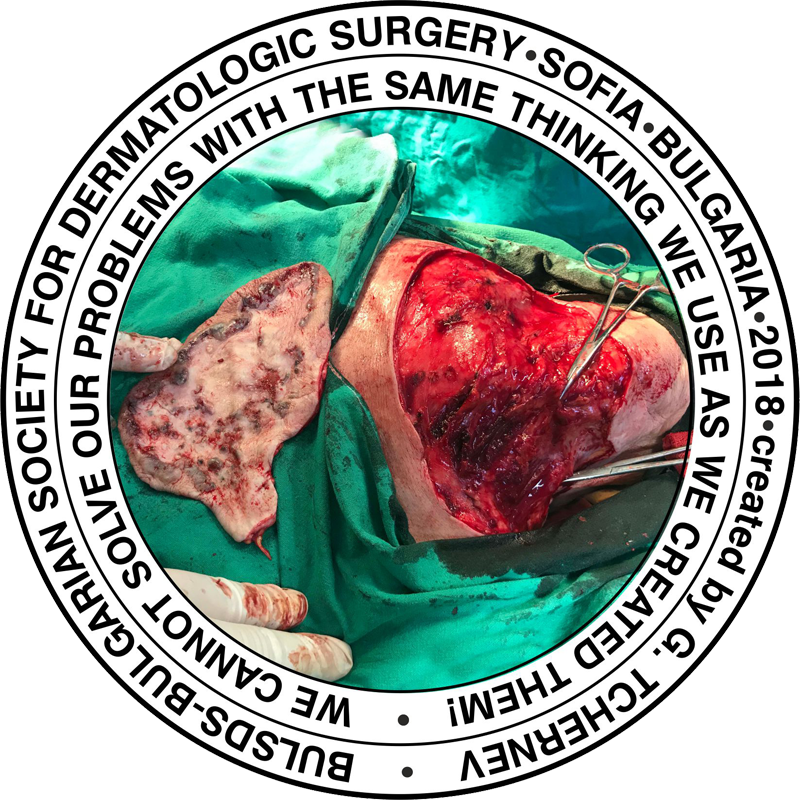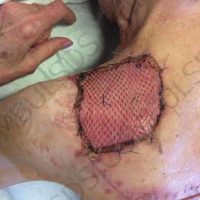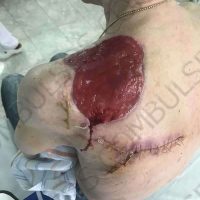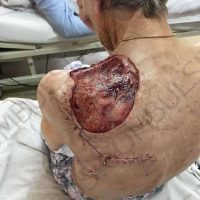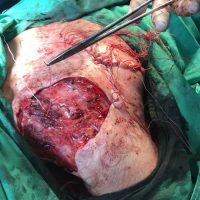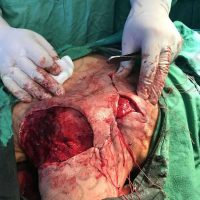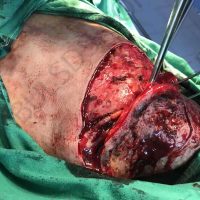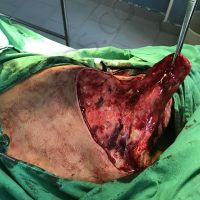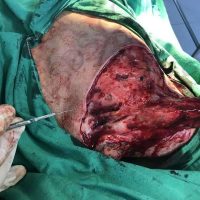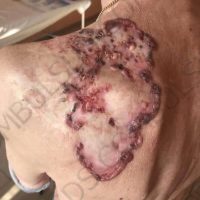High Blood Pressure (HBP, Hypertension) is the main “non-symptomatic” disease of our era. It is one of the cardiovascular risk factors which include among others diabetes, smoking and high cholesterol (dyslipidemia)
Uncontrolled Hypertension increases the risk of Heart Attacks (Ischemic Heart Disease) and Stroke.
It can be controlled with dietary modifications such as reduced salt intake and prescribed drugs. The latter include Beta Blocking agents, Angiotensin Converting Enzyme inhibitors (ACE inhibitors) (AE), angiotensin-receptor blockers (or sartans, ARB), diuretics (thiazides) (TZ)
The authors sought to find associations between those medications and the occurrence of malignant melanoma (MM), basal cell carcinoma (BCC) and squamous cell carcinoma (SCC)
Summary of the study (US)
-recruited 635,687 individuals (Northwestern Medicine Enterprise Data Warehouse)
-For MM there is a 2-fold increased odds in patients under Angiotensin Receptor Blockers ARBs (OR: 2.21; 95% CI 1.45-3.36) and Diuretics (Thiazide, TZ) (OR: 2.03; 95% CI: 1.04-3.92) (Absolute numbers below)
-For BCC there is a 30% increased odds (odds-ratio, OR) in patients under Angiotensin Receptor Blockers ARBs (OR OR: 1.36; 95% CI: 1-1.83, OR: 1.31; 95% CI: 1.06-1.62)
–For SCC there is an increased odds for ARB, ACE and TZ (OR: 1.75; 95% CI: 1.08-2.8; OR: 1.59; 95% CI: 1.12-2.25; OR: 3.47; 95% CI: 1.99-6.04; respectively) !
-Absolute numbers: Of 5,772 patients with prior exposure to an ARB: 23 MM, 45 BCC and 18 SCC were detected. Of 13,617 patients with prior exposure to an ACEi: 28 MM, 94 BCC and 35 SCC were detected. Of 3,400 patients exposed to a TZ: 9 MM, 18 BCC and 13 SCC were detected
Comments
-There is a more than 2-fold risk (odds) of melanoma in patients taking Antiogtensin-receptor blocker (ARBs) .For Thiazide diuretics (TZ) confidence intervals are close to 1 = not enough data to say as confidence intervals are close to one so it could be of no significance)
-There is a more than 3 fold odds of SCC in patients taking Diuretics (Thiazides) (For ARBs and AEs confidence not enough data to say as confidence intervals are close to one so it could be of no significance)
-Are patients at 30% increased risk of BCC if taking ARBs or ACEs ?… Not enough data to say as confidence intervals are close to one so it could be of no significance
-However, this is a retrospective study and it measures odds-ratios. It should be confirmed by a prospective study. Also risk with a combination of treatments should be examined as it is a common thing in the treatment of Hypertension.
–In practice (if changing the drug to treat Hypertension is possible)
this could translate into NOT giving ARBs in patients with a heightened risk of developing melanoma (see THIS article. the top of the page lists the risk factors)
–Avoiding Thiazide Diuretics in patients at risk of KC (anciently NMSC: see below) or already having had a SCC or BCC.
Note: the title uses the term “Nonmelanoma Skin Cancer” (NMSC). From this year onwards, the correct term is “Keratinocyte Carcinoma” (KC): please see the link (HERE) to read more.
Remark: the abstract shows no data on Beta-Blocking Agents – they are no longer the first line of treatment (2016 guidelines)…for those interested: they increase the risk of psoriasis.
Reference: Poser 3167 – Vaidi T – Association of melanoma and non-melanoma skin cancer with antihypertensive drugs. A report from the RADAR (Research on Adverse Drug events and Reports) project.
